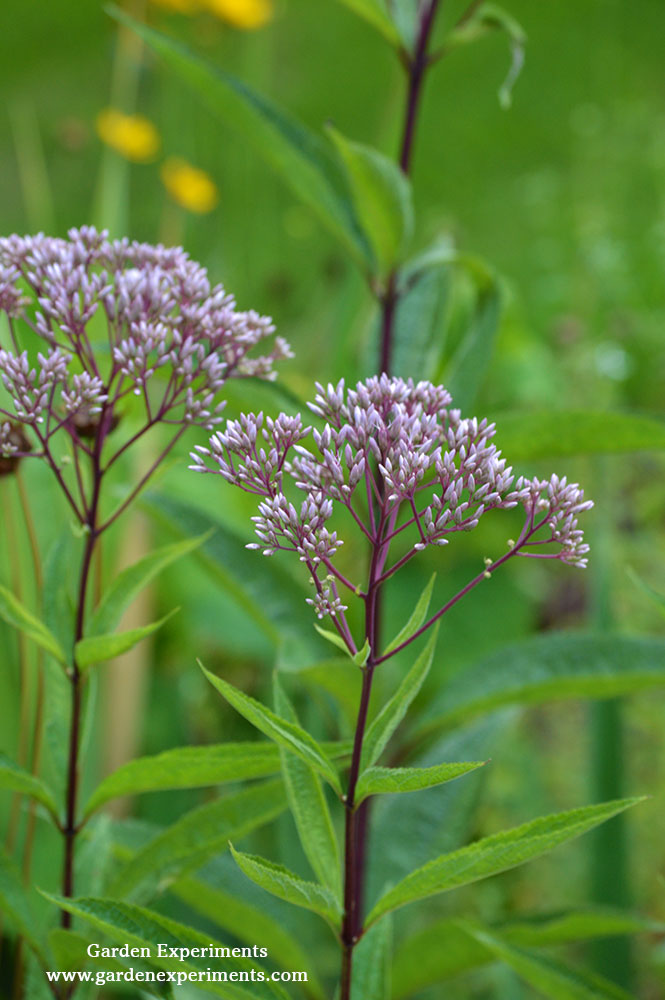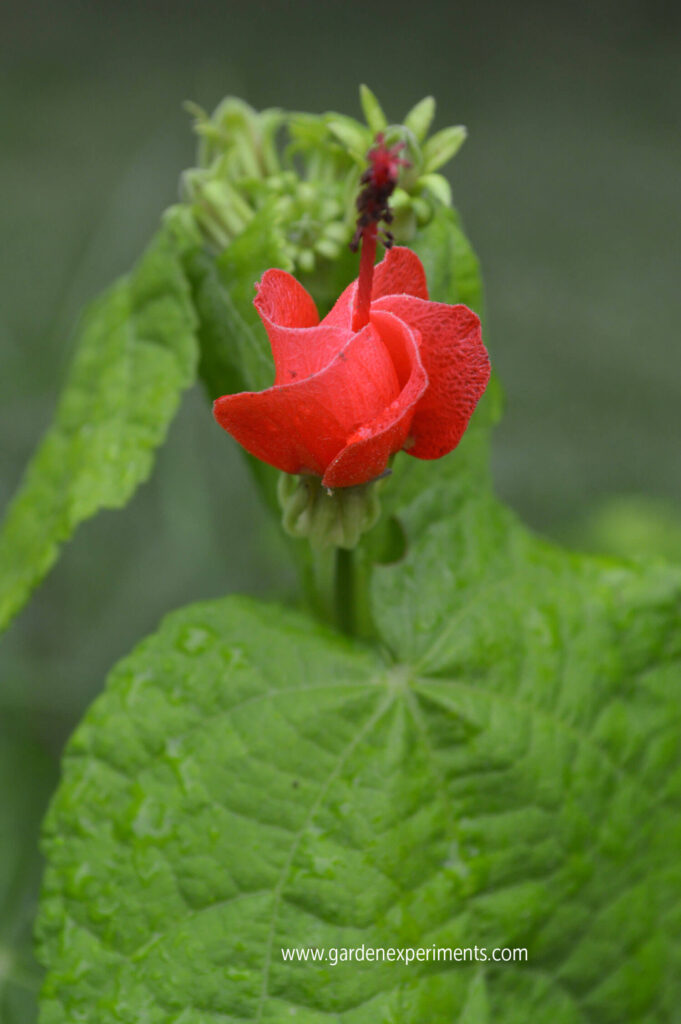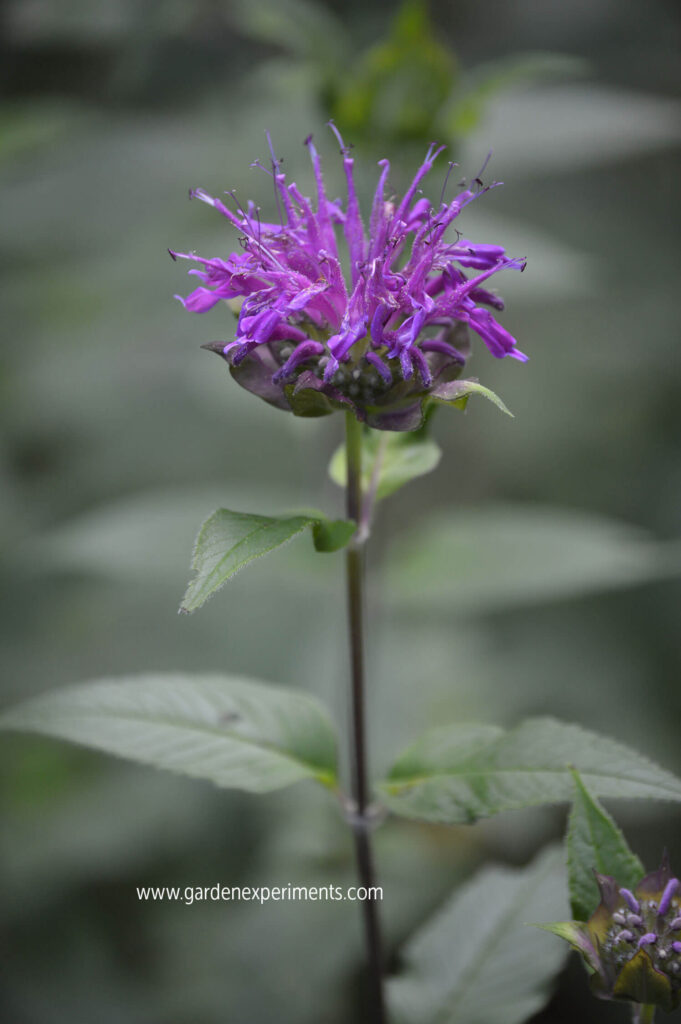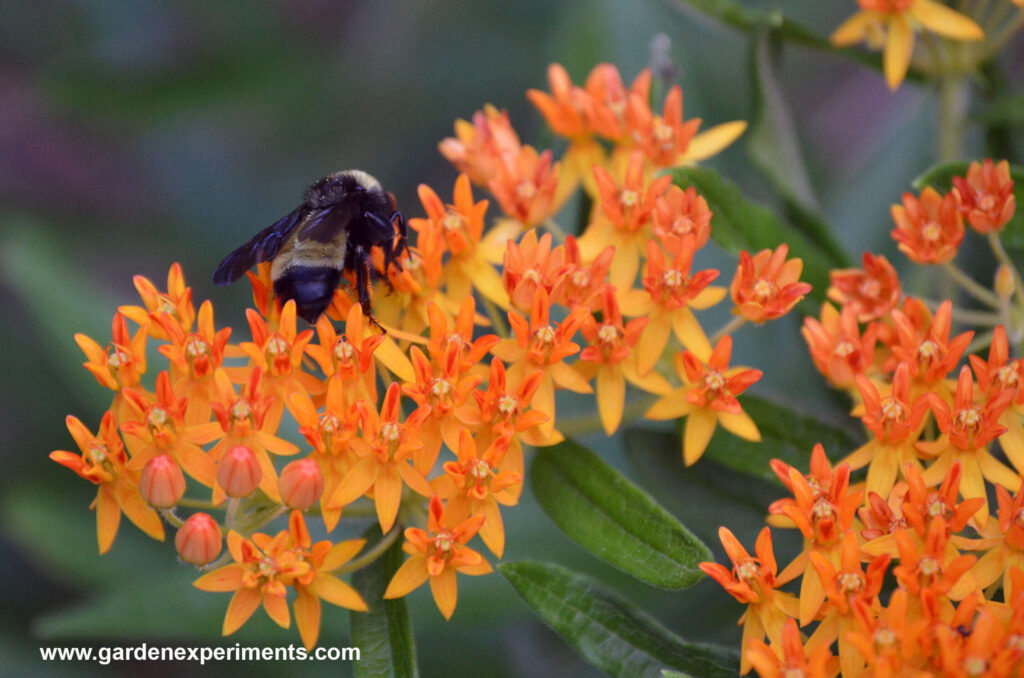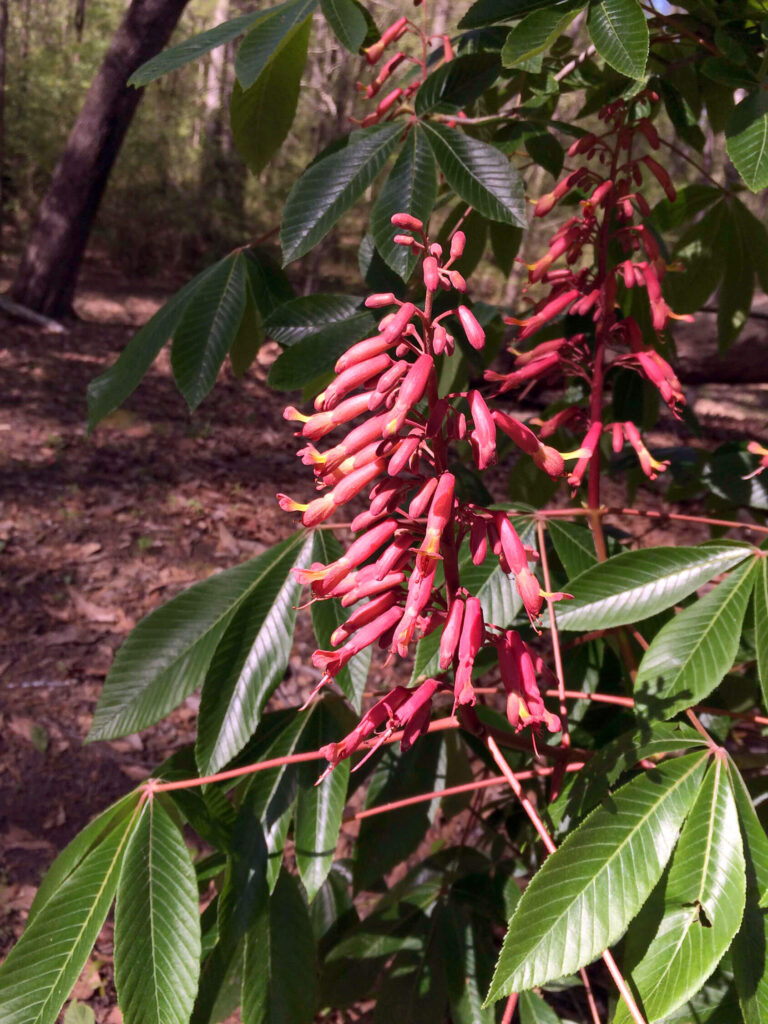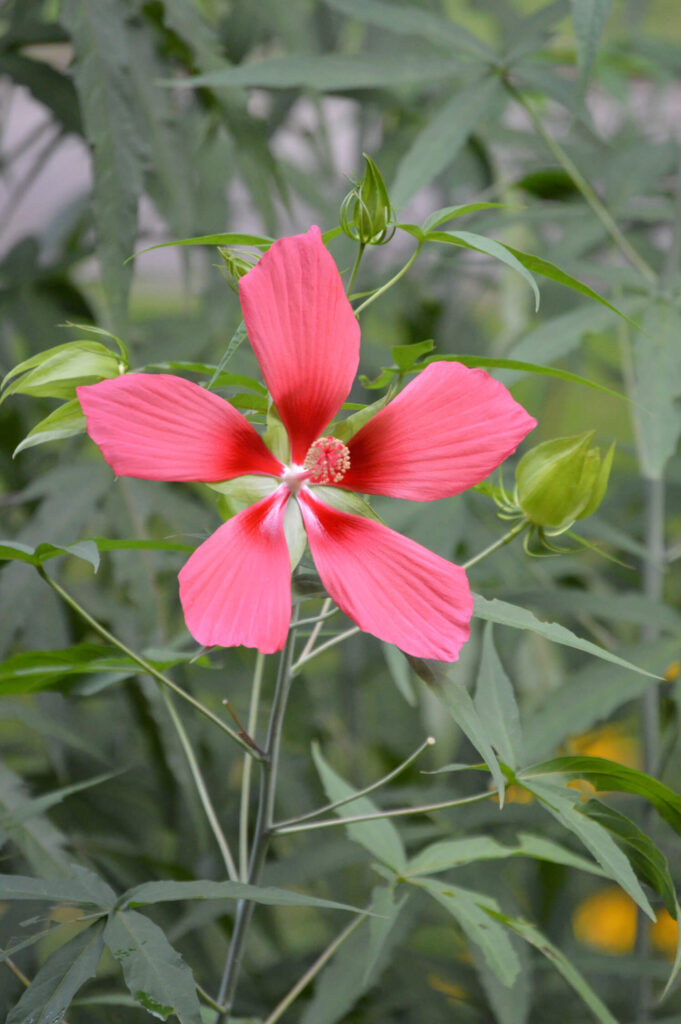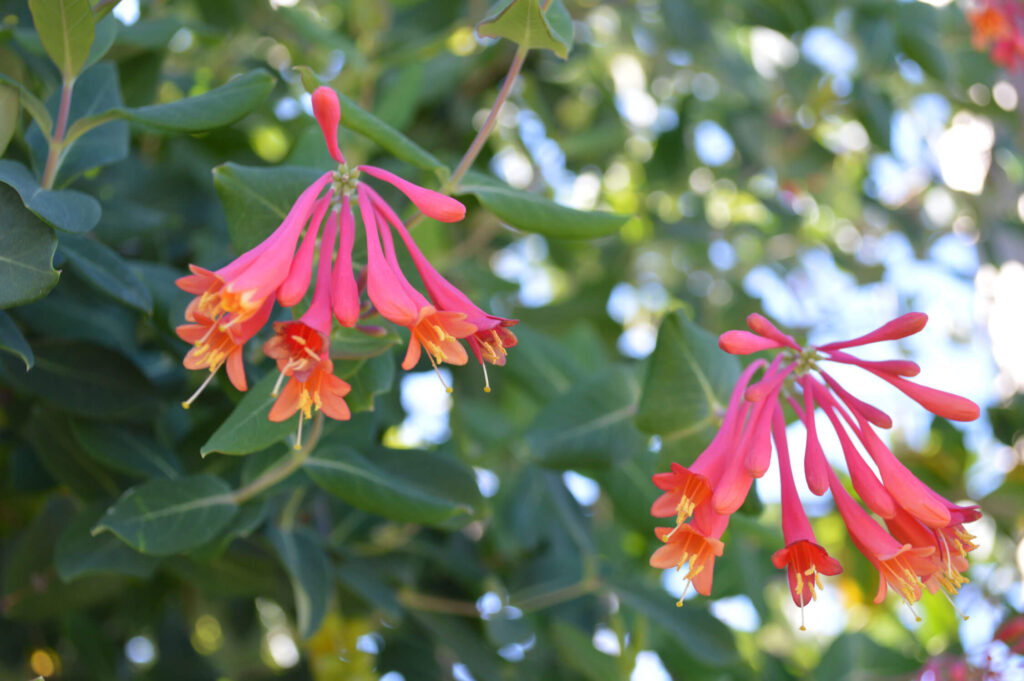Native plants are adapted to the soil, temperature, rainfall, and fauna in the area in which they grow. As a result, they provide some benefits to the gardener and local wildlife that non-native plants bought from your local garden store may not.
I like the look of native plants in my garden. I tend to mix them in with exotic plants and I end up with a pleasing hodgepodge of plants in my garden. Some native plants may look a little to “weedy” for you, so pick and choose the ones that fit your garden style best.
Here are just some of the benefits that gardening with native plants can provide:
#1 Native Plants are Low Maintenance

This is one of the best things about native plants, in my opinion. I pretty much take a “plant it and forget it” attitude to natives. Since the native plants in my garden are from the same zone, they are adapted very well to the growing conditions, soil types, and fauna in the area.
Native plants are hardy. Many of them are drought tolerant, tolerant of diseases that hamper many exotic plants, and are insect resistant. This often means that you can use less chemicals or no chemicals to maintain these plants.
Only in severe drought do I worry about watering my native plants. Once established, they can handle most of the harsh summer heat and dry weather and the wet winters. What’s not to love about that?
Be sure to select plants that are native to your zone and growing conditions. There are a lot of plants native to the U.S., but they aren’t suitable for all conditions. For example, a desert plant won’t do well in a garden that has poor drainage and gets lots of rain.
#2 Native Plants Attract Local Pollinators
If you like seeing bees, butterflies, and hummingbirds in your garden, then be sure to include native plants in your plant mix. Bees rely on the nectar from native plants and butterflies require certain native plants to act as hosts for their larvae. For a list of plants that attract butterflies and plants that attract hummingbirds, visit these pages.
#3 Native Plants Produce Beautiful Flowers
While it’s true that not all native plants have nice blooms, there are many with stunning flowers. Be selective with your choices and you’ll be pleased with the results. Some of my favorites include black-eyed Susans, Louisiana irises, butterfly weed, cross vine, purple passionflower, and Southern magnolias.
#4 Native Plants Can Handle Problem Areas In Your Garden
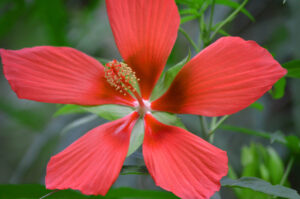
Mississippi soil can be tough. In places, it is composed of thick clay that holds so much water that most plants can’t grow there. In this case, I turned to some native plants to address this spot in my garden rather than replacing or amending the soil. Swamp mallow is a swamp plant, so it can handle the extra water without having its roots rot. I bet you can find a native plant that will solve a problem spot in your garden.
#5 Native Plants Can Serve as Food and Shelter for Native Wildlife
With habitat dwindling and being broken up into isolated “islands,” shelter and food for wildlife is becoming scarce in urban areas. Mixing native plants into your garden can help alleviate the situation by providing creating backyard habitat with food and shelter for birds, small mammals, and more. Learn more about creating backyard habitat.


